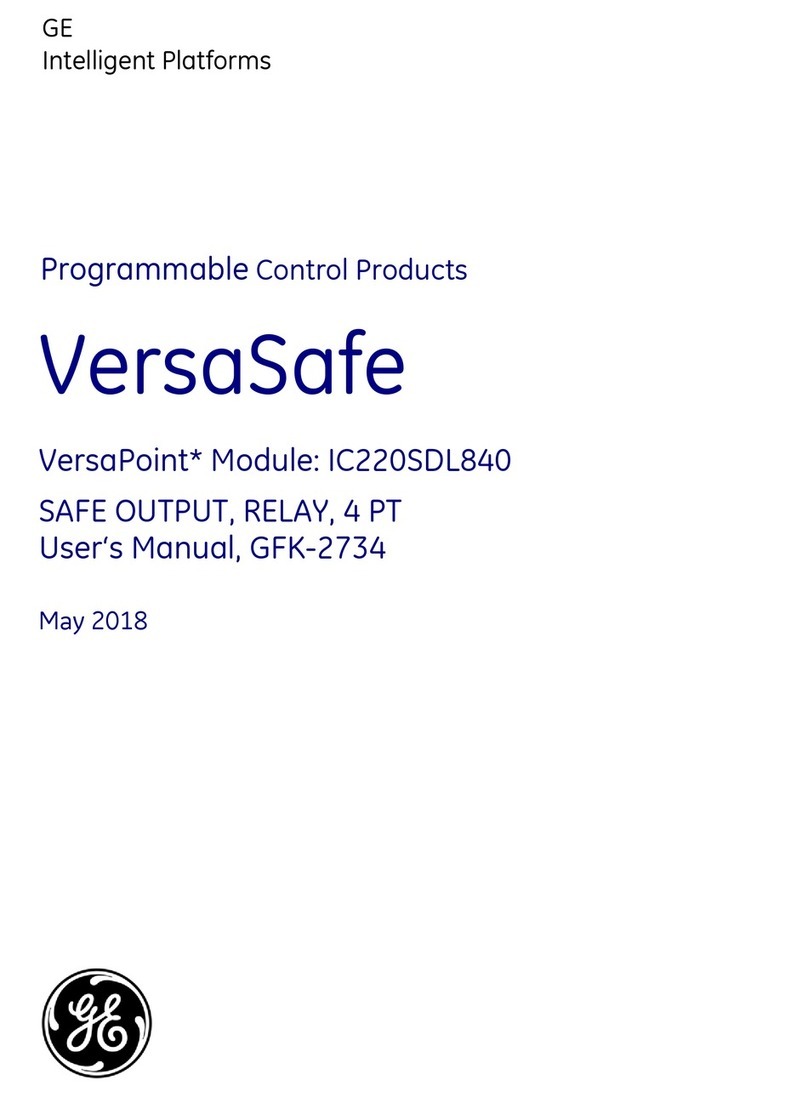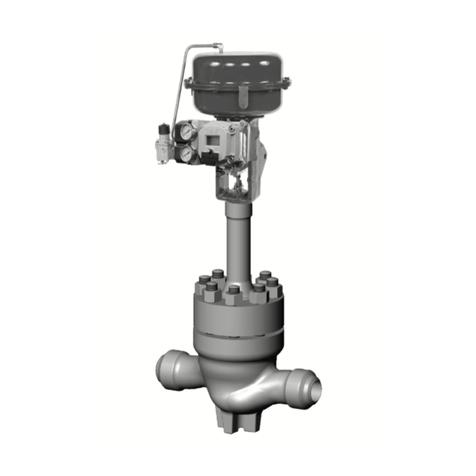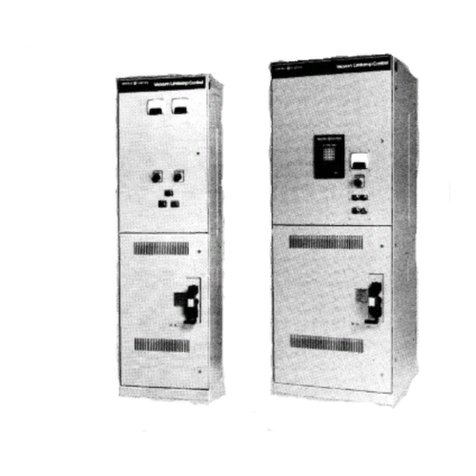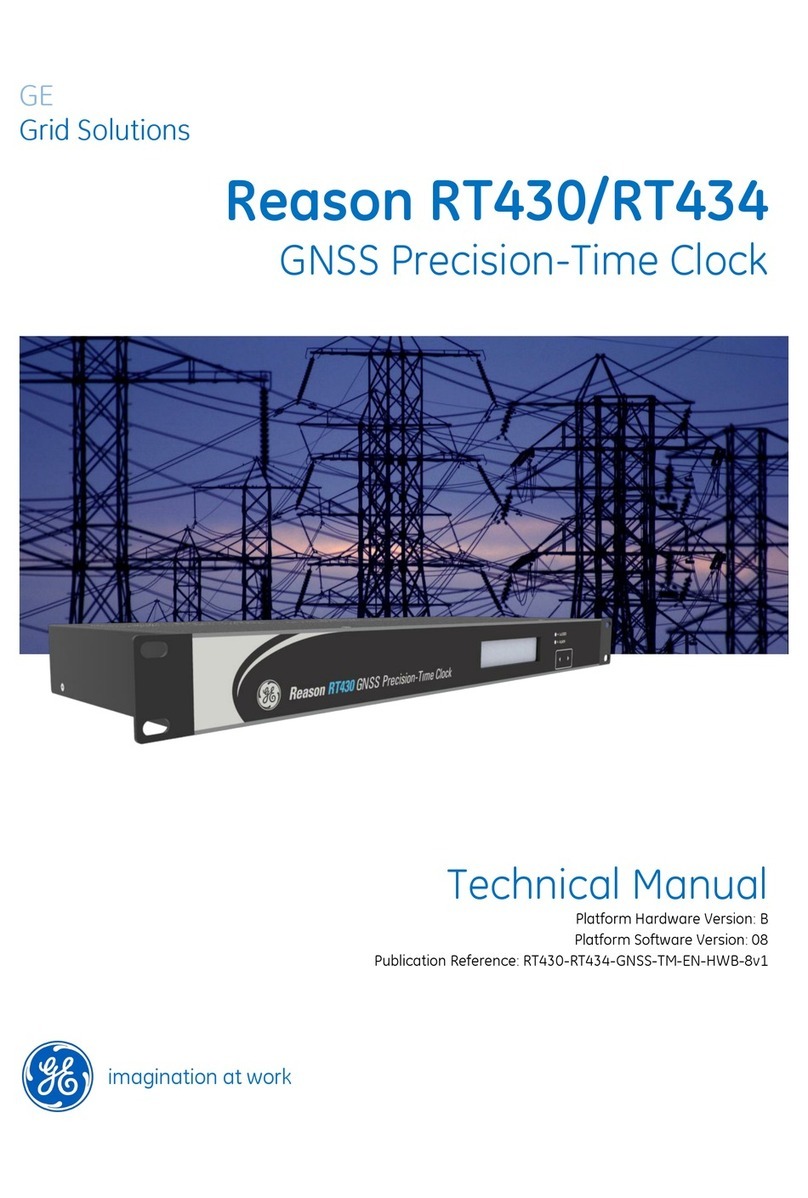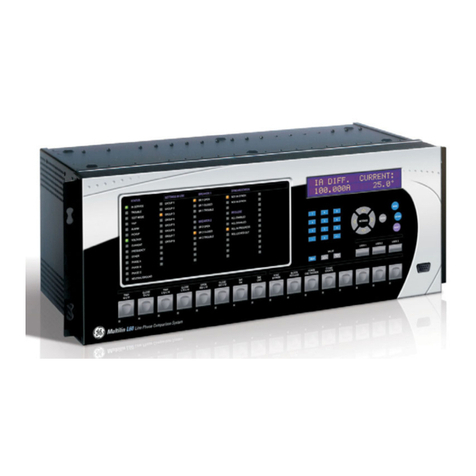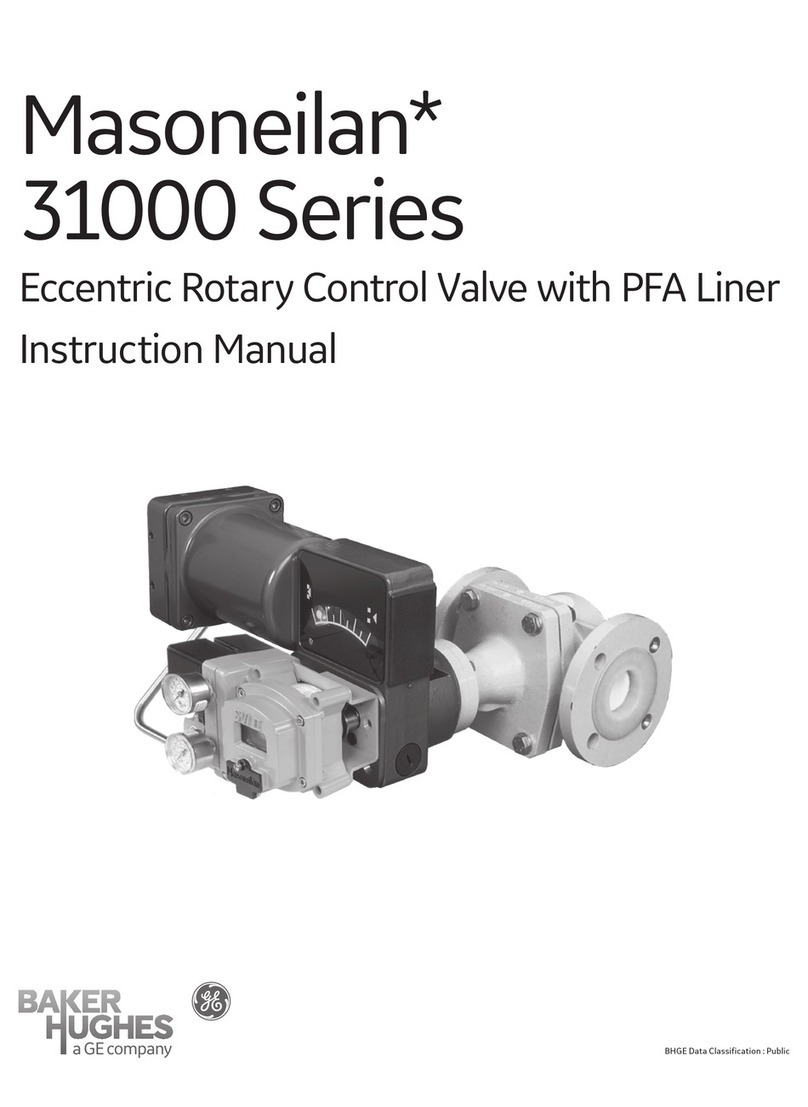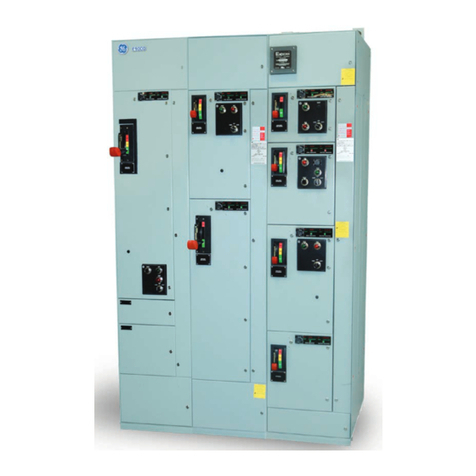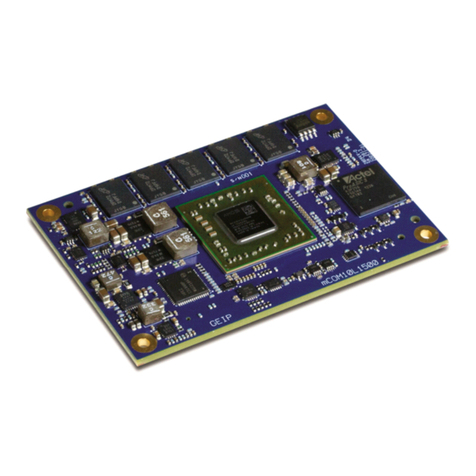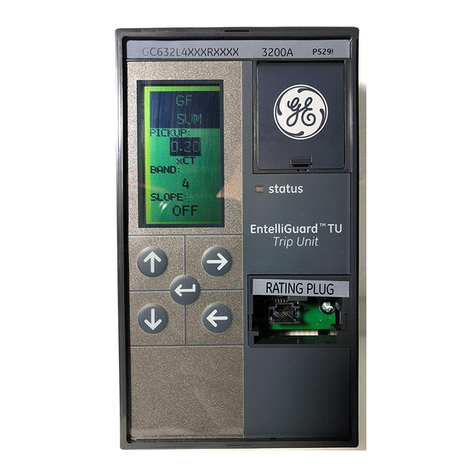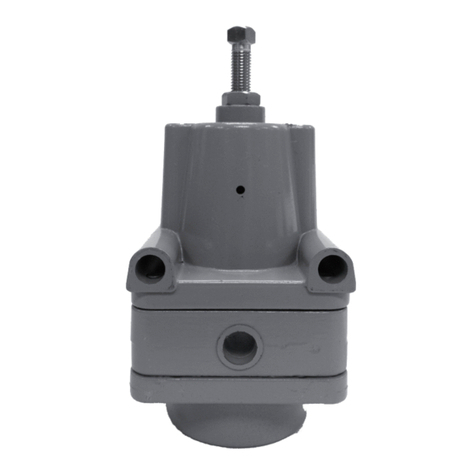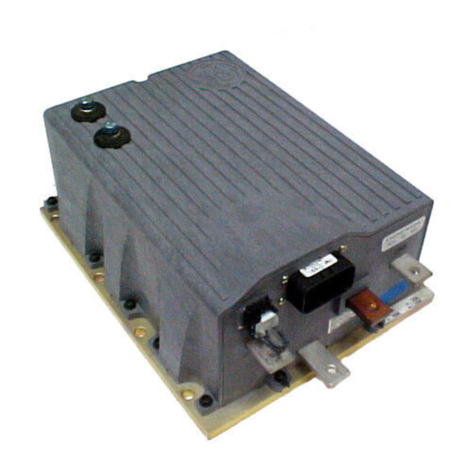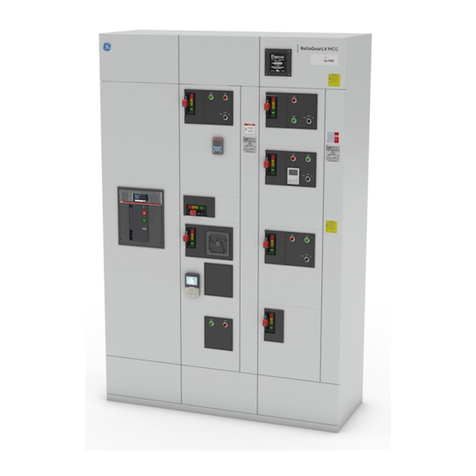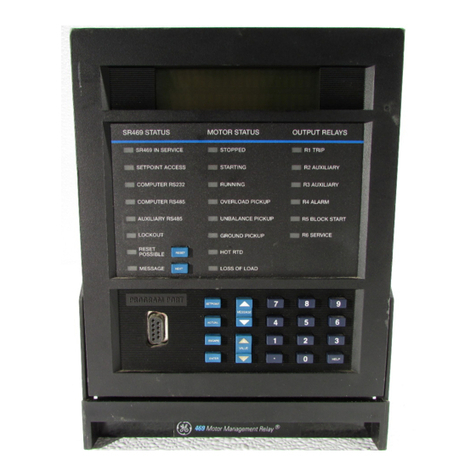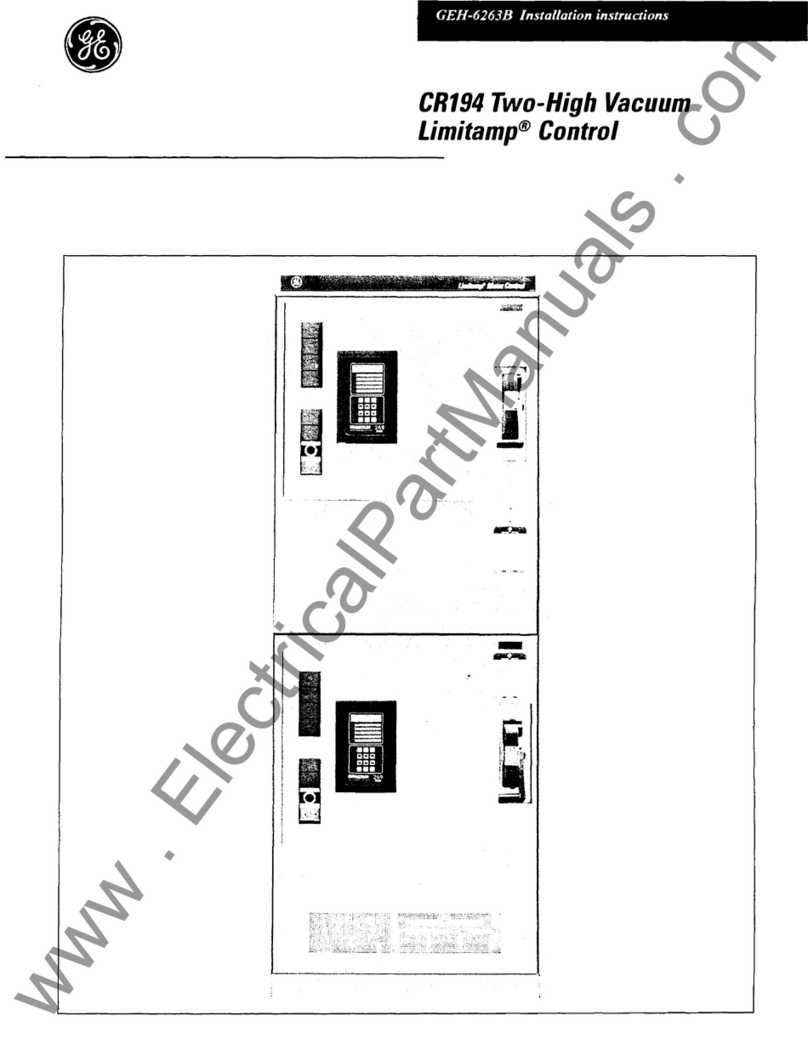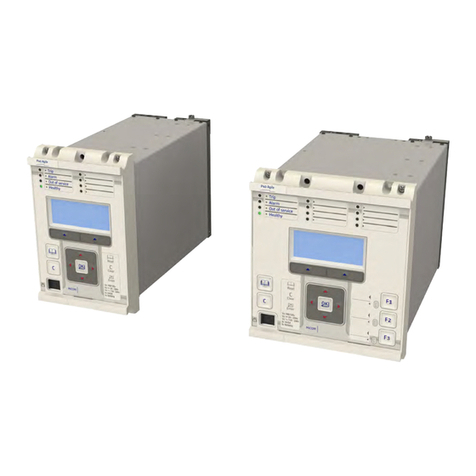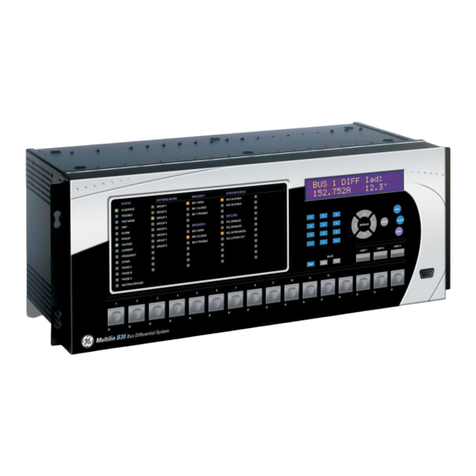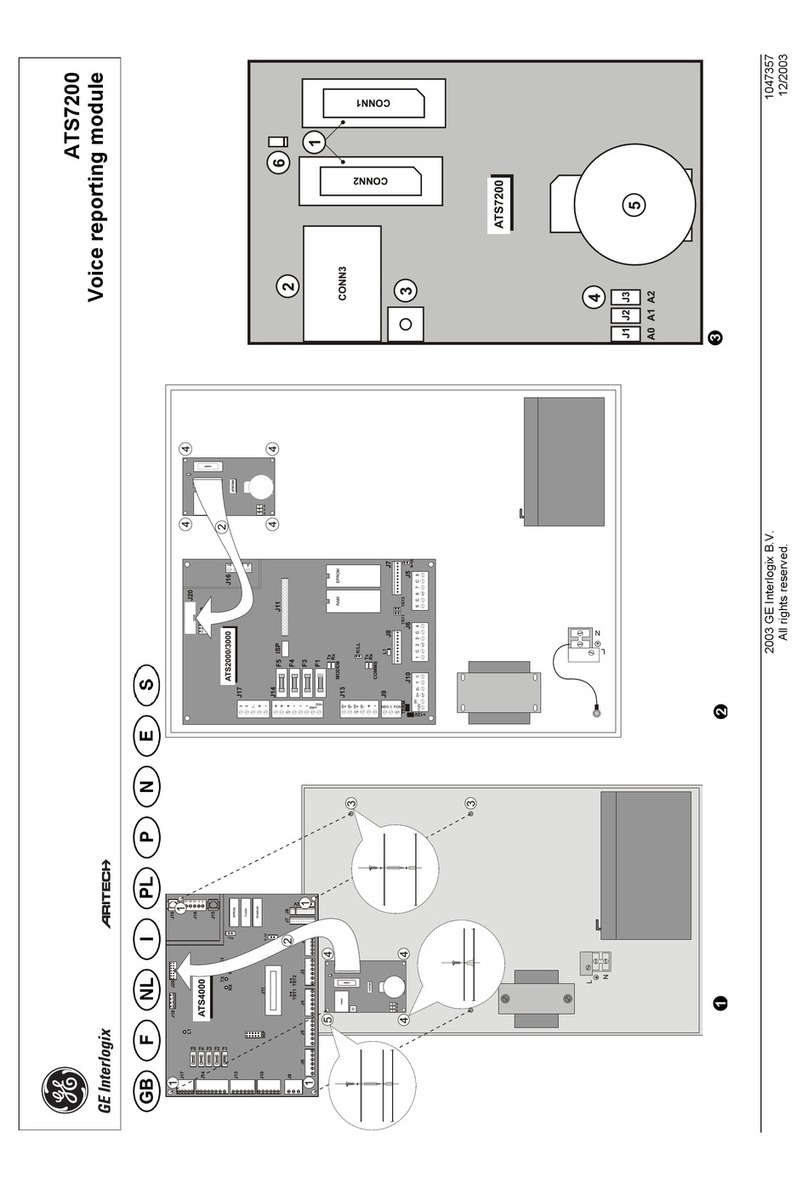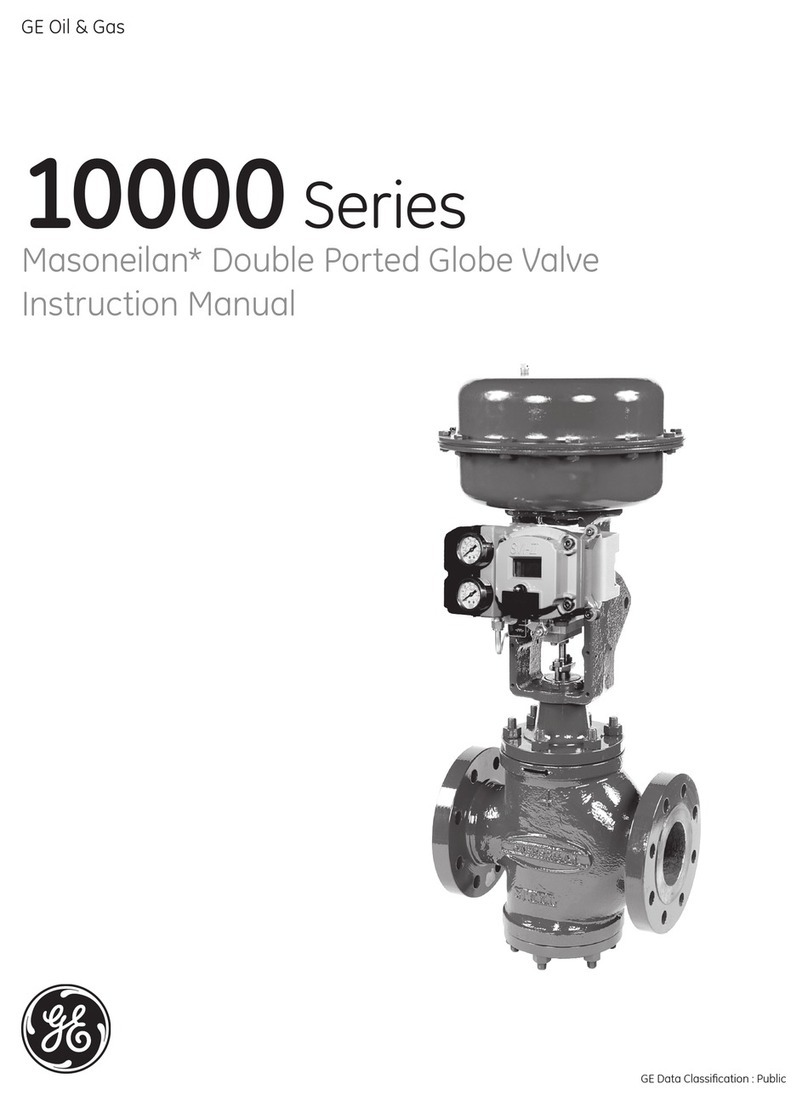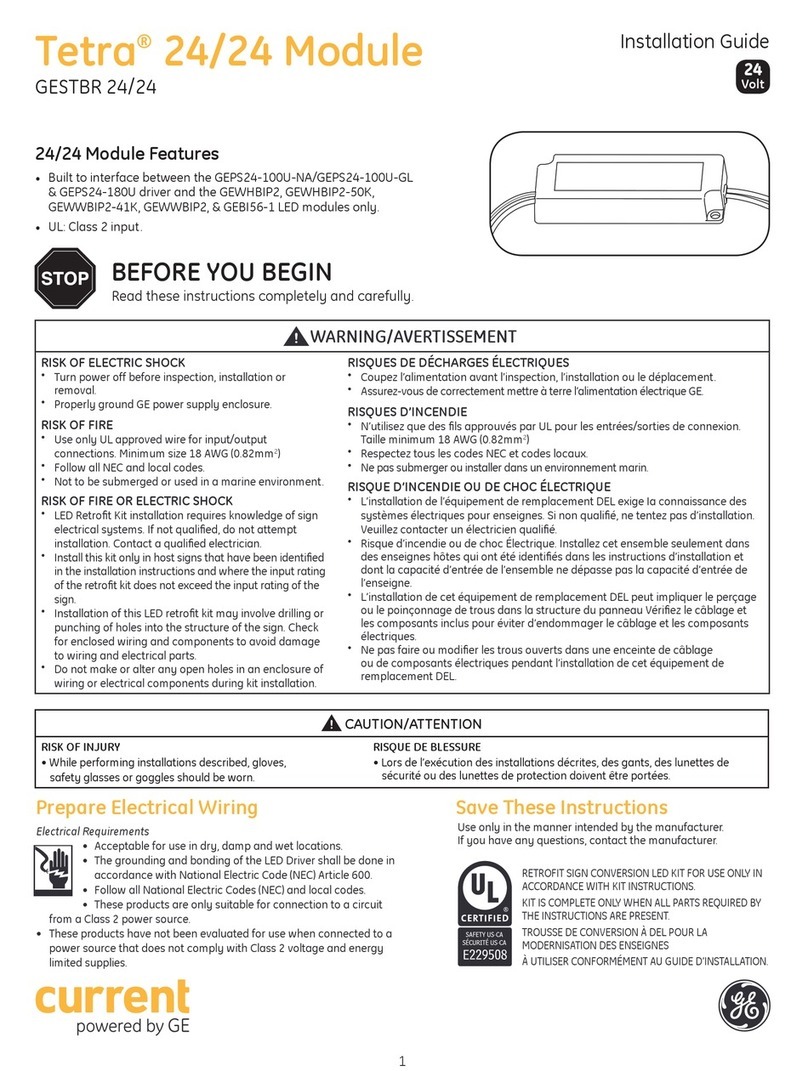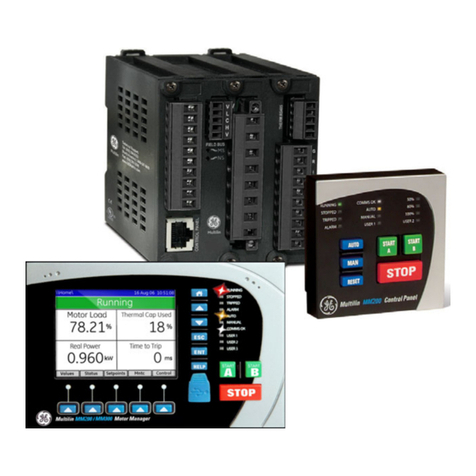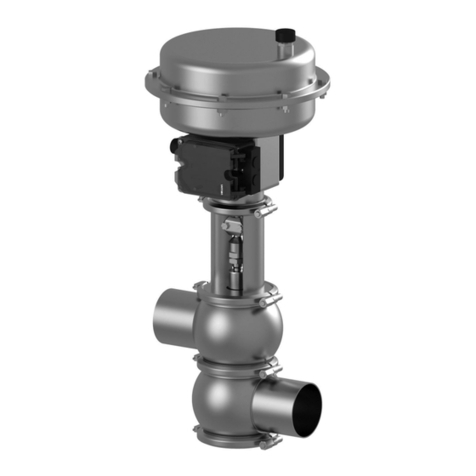
iv B30 Bus Differential System GE Multilin
TABLE OF CONTENTS
3.2.2 DIELECTRIC STRENGTH................................................................................3-11
3.2.3 CONTROL POWER..........................................................................................3-11
3.2.4 CT/VT MODULES.............................................................................................3-12
3.2.5 PROCESS BUS MODULES .............................................................................3-14
3.2.6 CONTACT INPUTS AND OUTPUTS................................................................3-14
3.2.7 TRANSDUCER INPUTS AND OUTPUTS........................................................3-22
3.2.8 RS232 FACEPLATE PORT ..............................................................................3-24
3.2.9 CPU COMMUNICATION PORTS.....................................................................3-24
3.2.10 IRIG-B...............................................................................................................3-27
3.3 DIRECT INPUT AND OUTPUT COMMUNICATIONS
3.3.1 DESCRIPTION .................................................................................................3-29
3.3.2 FIBER: LED AND ELED TRANSMITTERS ......................................................3-31
3.3.3 FIBER-LASER TRANSMITTERS .....................................................................3-31
3.3.4 G.703 INTERFACE...........................................................................................3-32
3.3.5 RS422 INTERFACE .........................................................................................3-35
3.3.6 RS422 AND FIBER INTERFACE .....................................................................3-37
3.3.7 G.703 AND FIBER INTERFACE ......................................................................3-37
3.3.8 IEEE C37.94 INTERFACE................................................................................3-38
3.3.9 C37.94SM INTERFACE ...................................................................................3-41
4. HUMAN INTERFACES 4.1 ENERVISTA UR SETUP SOFTWARE INTERFACE
4.1.1 INTRODUCTION ................................................................................................4-1
4.1.2 CREATING A SITE LIST ....................................................................................4-1
4.1.3 ENERVISTA UR SETUP OVERVIEW ................................................................4-1
4.1.4 ENERVISTA UR SETUP MAIN WINDOW..........................................................4-3
4.2 EXTENDED ENERVISTA UR SETUP FEATURES
4.2.1 SETTINGS TEMPLATES ...................................................................................4-5
4.2.2 SECURING AND LOCKING FLEXLOGIC™ EQUATIONS ................................4-9
4.2.3 SETTINGS FILE TRACEABILITY.....................................................................4-11
4.3 FACEPLATE INTERFACE
4.3.1 FACEPLATE .....................................................................................................4-14
4.3.2 LED INDICATORS............................................................................................4-15
4.3.3 CUSTOM LABELING OF LEDS .......................................................................4-18
4.3.4 DISPLAY...........................................................................................................4-23
4.3.5 KEYPAD ...........................................................................................................4-23
4.3.6 BREAKER CONTROL ......................................................................................4-23
4.3.7 MENUS.............................................................................................................4-24
4.3.8 CHANGING SETTINGS ...................................................................................4-25
5. SETTINGS 5.1 OVERVIEW
5.1.1 SETTINGS MENU ..............................................................................................5-1
5.1.2 INTRODUCTION TO ELEMENTS......................................................................5-4
5.1.3 INTRODUCTION TO AC SOURCES..................................................................5-5
5.2 PRODUCT SETUP
5.2.1 SECURITY..........................................................................................................5-8
5.2.2 DISPLAY PROPERTIES ..................................................................................5-13
5.2.3 CLEAR RELAY RECORDS ..............................................................................5-14
5.2.4 COMMUNICATIONS ........................................................................................5-15
5.2.5 MODBUS USER MAP ......................................................................................5-40
5.2.6 REAL TIME CLOCK .........................................................................................5-40
5.2.7 USER-PROGRAMMABLE FAULT REPORT....................................................5-41
5.2.8 OSCILLOGRAPHY ...........................................................................................5-42
5.2.9 USER-PROGRAMMABLE LEDS .....................................................................5-44
5.2.10 USER-PROGRAMMABLE SELF TESTS .........................................................5-48
5.2.11 CONTROL PUSHBUTTONS ............................................................................5-49
5.2.12 USER-PROGRAMMABLE PUSHBUTTONS....................................................5-50
5.2.13 FLEX STATE PARAMETERS ..........................................................................5-56
5.2.14 USER-DEFINABLE DISPLAYS ........................................................................5-56
5.2.15 DIRECT INPUTS AND OUTPUTS....................................................................5-59
5.2.16 TELEPROTECTION .........................................................................................5-66
